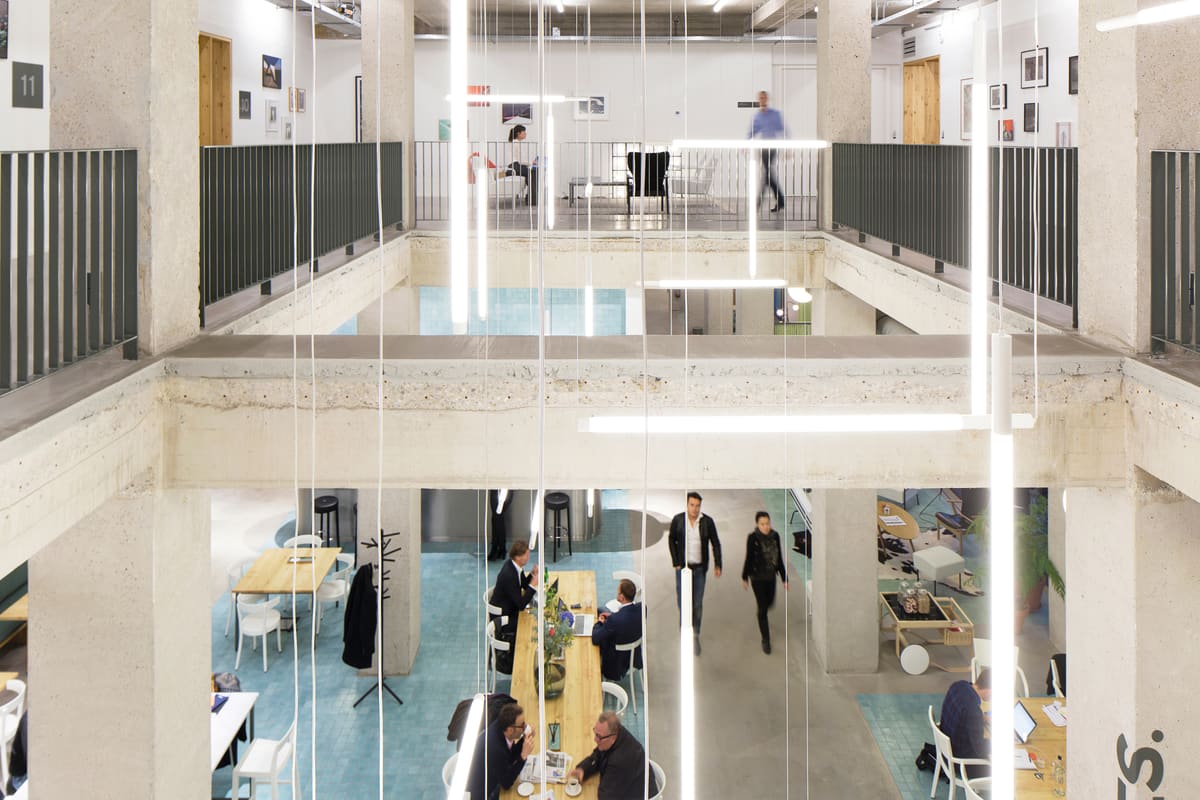While experts predicted that remote working was on the rise, the first few months of 2020 has seen the uptake increase dramatically. Many organisations around the world have had to quickly transition to a distributed workforce. People are working together in ways businesses might not have thought possible before. High-speed internet, video calling and software that enable people to collaborate, regardless of where they are in the world, have all enabled employees to adapt to what is being dubbed “the new normal.”
If you work in a creative or software industry, you were probably already facilitating remote working and have been able to adapt to the current environment. (A pre-2020 study by IWG found that 70% of global professionals work remotely at least one day a week, while 53% work remotely for at least half of the week.)
However, other industries that have been slower to embrace flexible working might have encountered more challenges:
- experienced staff members who struggle to adapt to new technologies or processes
- entrenched attitudes towards certain ways of doing things
- managers who are unaccustomed to ‘letting go’ when unable to visibly supervise their teams.
The good news is that there are solutions to these roadblocks. It is more than possible to keep your remote teams together and help them stay connected, positive and productive.
- Have faith in your team and make your expectations clear
Expectations from above have a strong impact on team performance. The so-called ‘Pygmalion Effect’ means that if a manager has high expectations of their remote workers, they will strive to meet those expectations.
- Turn on your videos
Just because staff are working remotely doesn’t mean they have to be strangers. Video conferencing, supported by high-quality, super-fast broadband technology, means staff and management can interact face to face as often as deemed necessary. Whether it’s video conferencing or meetings, seeing each other also helps built a rapport and remind workers that they are part of the team.
- Encourage social interaction – even if it’s virtual
The team might not be able to get together for the Friday afternoon drink, but they can still hang out in the virtual world. This could include things such as online games, virtual coffee breaks or time for a social chat on social media groups. House Party, anyone?
- Monitor your team’s progress
A manager doesn’t have to be standing over their team’s shoulder to see what they’re working on. There’s a whole host of project management tools that are often free and enable managers to keep track of staff progress on specific projects.
- Embrace cloud collaboration
Gone are the days of saving versions of files on your Desktop! The cloud is arguably the greatest asset for remote collaborative work and, by using cloud-based word processors to store, manage and use files, teams can interact on the same worksheets and documents while monitoring tracked changes.
Did you enjoy this article? Read more on our blog






